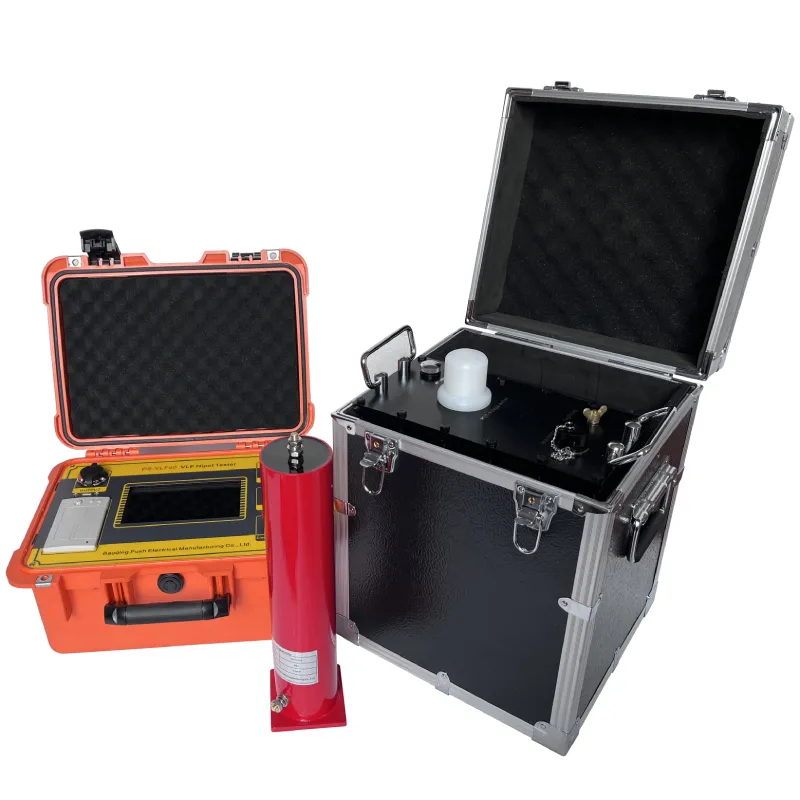 English
English


Various Types of Detectors Used in Gas Chromatography Techniques and Applications
Understanding Gas Chromatography Detector Types
Gas chromatography (GC) is a powerful analytical technique widely used for separating and analyzing compounds that can be vaporized without decomposition. One of the essential components of a gas chromatography system is the detector, which identifies and quantifies the separated compounds as they elute from the column. Different detector types offer varying sensitivities, selectivities, and capabilities depending on the nature of the analytes and the specific requirements of the analysis.
1. Flame Ionization Detector (FID)
One of the most common detectors in gas chromatography is the Flame Ionization Detector (FID). It operates by igniting a hydrogen-air flame, in which organic compounds are burned and ionized. The resulting ions generate a current, which is proportional to the concentration of the analyte in the carrier gas. FID is highly sensitive, especially for hydrocarbons, making it a popular choice for analyzing volatile organic compounds (VOCs). However, it is non-selective and cannot detect compounds that do not produce ions upon combustion, such as inorganic gases and water.
2. Thermal Conductivity Detector (TCD)
Another widely used detector is the Thermal Conductivity Detector (TCD). This detector measures the thermal conductivity of the gas exiting the column. It has a filament heated to a certain temperature; as analytes pass through, they change the thermal conductivity of the gas mixture, resulting in a measurable temperature change of the filament. TCD is a non-destructive and universal detector, allowing it to detect both organic and inorganic substances. However, it is generally less sensitive than FID and can be affected by variations in carrier gas flow or composition.
gas chromatography detector types

3. Electron Capture Detector (ECD)
The Electron Capture Detector (ECD) is particularly useful for detecting halogenated compounds and certain other species. It functions by using a radioactive source to produce electrons in a gas stream, which are captured by electronegative compounds, leading to a decrease in the current. ECD is extremely sensitive to electron-capturing substances, making it ideal for environmental analysis, particularly for pesticides and pollutants. Nevertheless, it has limitations, including a relatively narrow linear range and the requirement for careful handling due to its radioactive component.
4. Mass Spectrometer (MS)
Mass Spectrometry (MS) can also be coupled with gas chromatography to enhance analytical capability. The GC-MS combination allows for the separation of compounds via gas chromatography followed by their identification and quantification based on mass-to-charge ratios in the mass spectrometer. This combination provides both qualitative and quantitative data, making it a powerful tool for complex mixtures. However, it is more expensive and requires more maintenance than traditional detectors.
Conclusion
Choosing the right detector for gas chromatography depends significantly on the specific requirements of the analysis, including the nature of the analytes, required sensitivity, and the complexity of the sample matrix. FID, TCD, ECD, and MS represent just a few of the diverse options available, each offering unique advantages and limitations. Understanding these detector types is crucial for optimizing gas chromatography methods and obtaining reliable analytical results.
-
Differences between open cup flash point tester and closed cup flash point testerNewsOct.31,2024
-
The Reliable Load Tap ChangerNewsOct.23,2024
-
The Essential Guide to Hipot TestersNewsOct.23,2024
-
The Digital Insulation TesterNewsOct.23,2024
-
The Best Earth Loop Impedance Tester for SaleNewsOct.23,2024
-
Tan Delta Tester--The Essential Tool for Electrical Insulation TestingNewsOct.23,2024





